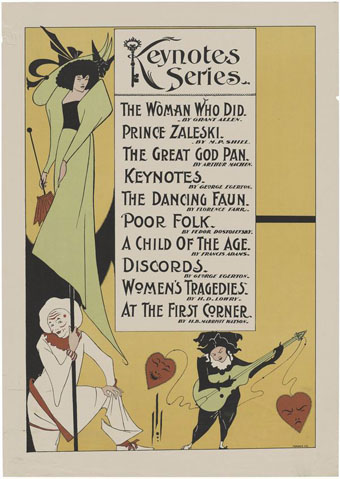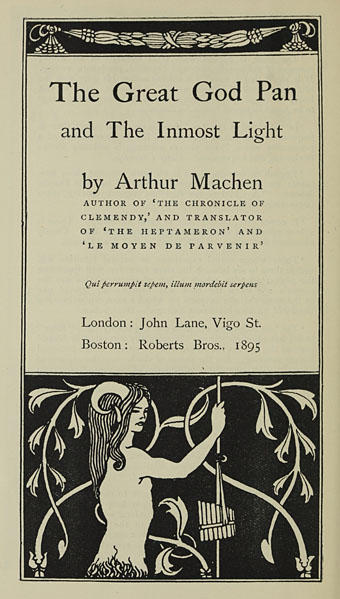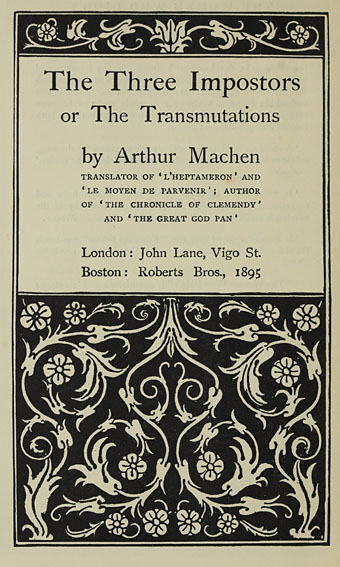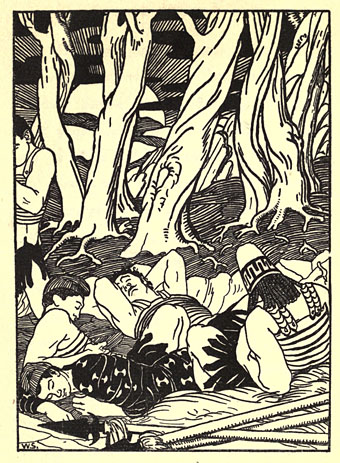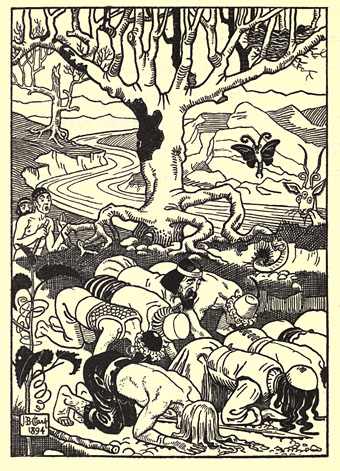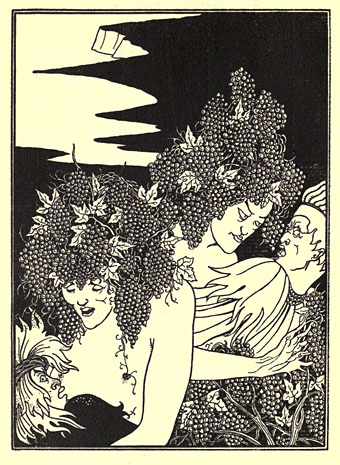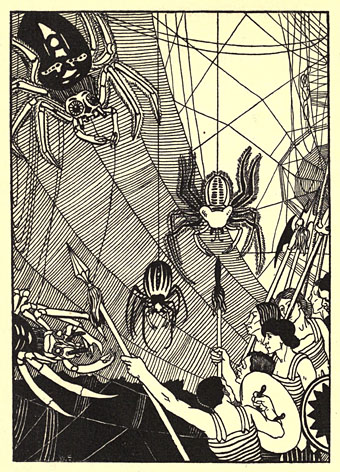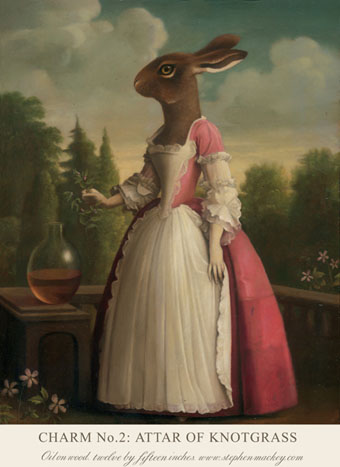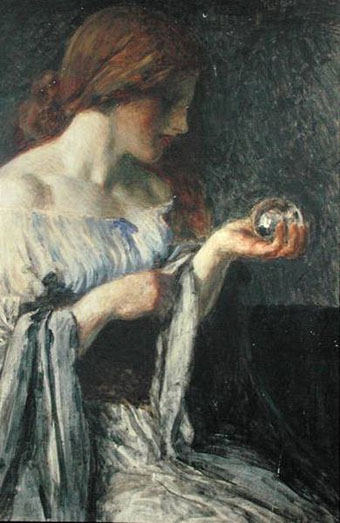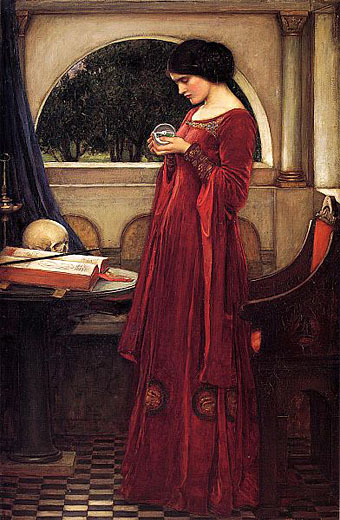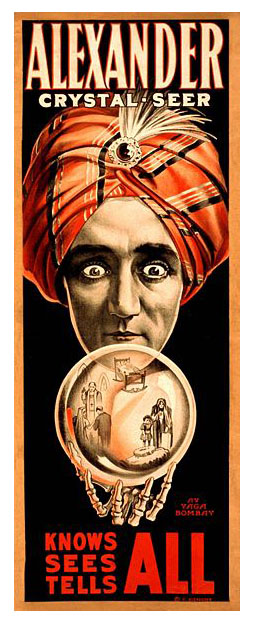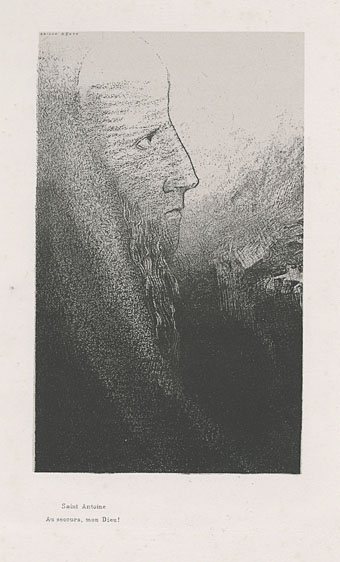
Saint-Antoine: Au secours, mon Dieu! (Saint Anthony: Help me, O my God!)
St. Anthony and his temptations provide another connection between the Surrealists and the Symbolists via Gustave Flaubert and his phantasmagoric drama. Flaubert’s The Temptation of St Anthony (1874) doesn’t quite stand in relation to the art of the time as does Oscar Wilde’s Salomé but, with its predominant themes of sex, death and spiritual transcendence, it both suited and pre-empted the concerns of the Decadence. Odilon Redon was particularly taken with the book, and from 1888 to 1896 produced three sets of lithograph illustrations. The examples here are from the final set of 24 images. A few of these are the ones you see most often in Symbolist studies, often in poor reproductions, but the other sets have some memorable moments. What’s most notable about all the drawings is how little the saint appears in them, Redon choosing to depict either the visions or the subjects of Flaubert’s philosophical discussions. See the complete set here.
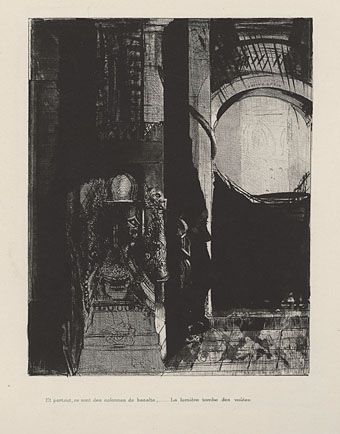
Et partout ce sont des Colonnes de basalte, … la lumière tombe des voûtes (And on every side are columns of basalt, … the light falls from the vaulted roof)
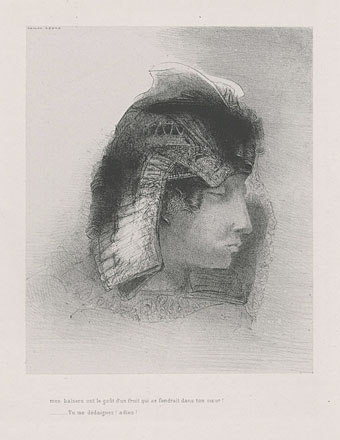
Mes baisers ont le gout d’un fruit qui se fondrait dans ton cœur! … Tu me dédaignes! Adieu! (My kisses have the taste of fruit which would melt in your heart! … You distain me! Farewell!)
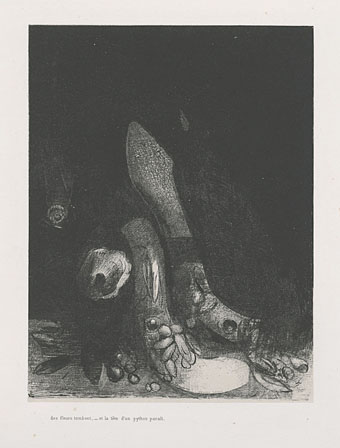
Des fleurs tombent, et la tête d’un python paraît (Flowers fall and the head of a python appears)

